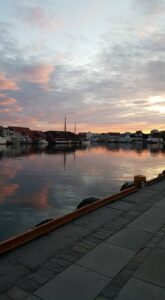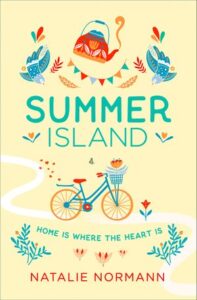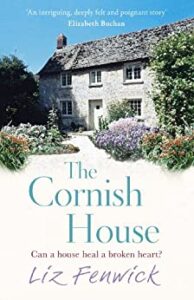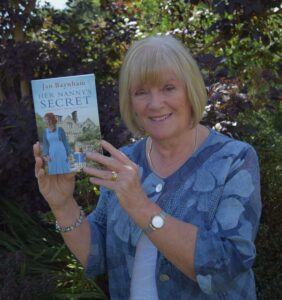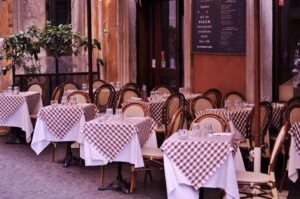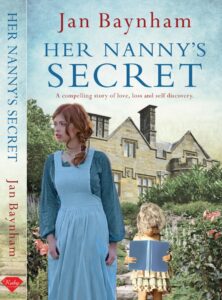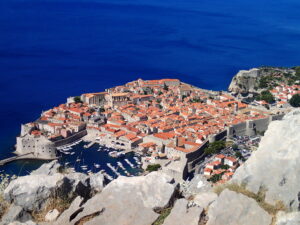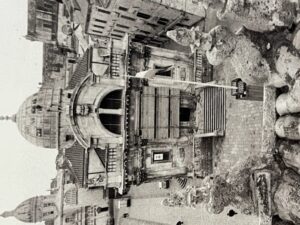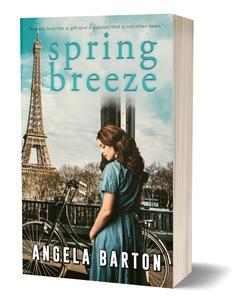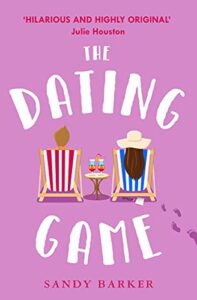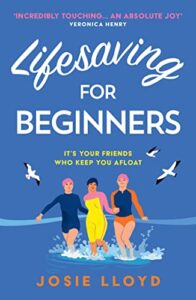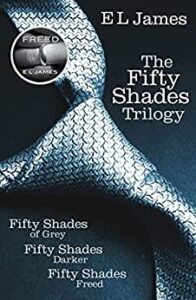 The Other Girlfriend is my second psychological thriller set in Dorset. After a weekend away at Durdle Door ends in tragedy, Lizzie’s world falls part and she battles with anxiety and agoraphobia.
The Other Girlfriend is my second psychological thriller set in Dorset. After a weekend away at Durdle Door ends in tragedy, Lizzie’s world falls part and she battles with anxiety and agoraphobia.
Agoraphobia is so often misunderstood and assumed to be a fear of open spaces, but, as Lizzie discovers, in reality it is so much more and any situation or place where it difficult to escape from can become a trigger for panic attacks.
My heart pounded and my legs felt weak, as though they would give way at any moment. All I had to do was open the front door, step outside and walk down the driveway to the car. It wasn’t a big deal. It wasn’t difficult.
Except it was.
‘What are you standing there for?’ Mum asked, giving me a nudge forward. ‘Come on, let’s go.’
I side stepped out of the way, allowing her to pass. She cast a sideways glance at me before reaching for the latch and pulling the door open. I stared out at the world beyond the threshold. Somehow it seemed as though all the oxygen was slipping away through the open door. My breathing became laboured. Quick shallow gasps that didn’t satisfy my lungs.
I heard Mum sigh. The patience she was trying to hold onto was starting to slip. I had to get it together. I couldn’t fall apart in front of her. Not again.
I fought to regain control. But it wasn’t working.
Nothing worked.
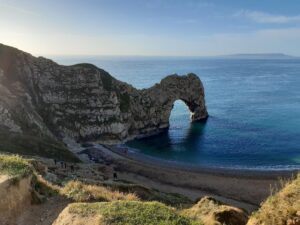 The hallway dipped and swayed. Everything started to blur. Tears streamed down my face. I wasn’t even sure why I was crying. It was just a door. Just a driveway. I wanted to run away. To hide. But I couldn’t.
The hallway dipped and swayed. Everything started to blur. Tears streamed down my face. I wasn’t even sure why I was crying. It was just a door. Just a driveway. I wanted to run away. To hide. But I couldn’t.
My feet were welded to the spot. I couldn’t move. Dark patches appeared at the edges of my vision. I was going to pass out. I could feel it.
‘Don’t start that nonsense.’ There was an edge of frustration to her tone. ‘We haven’t got time for it.’
I nodded, obediently, as a loud sob escaped. She was right. It was nonsense. I was being stupid. It was just the driveway. The same driveway I had walked down nearly every day for my whole life.
And yet somehow it was no longer the same. I was no longer the same.
Mum couldn’t understand. She’d tried. She was still trying. But the daughter she’d known had simply disappeared. All she was left with was this shell of my former self. Sad. Tearful. Panicked.
She couldn’t understand why. She couldn’t figure out how to fix it. How to fix me.
With every day that passed I became more reclusive and she became more frantic. My failure somehow became her failure. It was a mother’s job to keep her kids safe and well, that’s what she said. But she couldn’t make me well. Plasters and paracetamol wouldn’t work this time. Eighteen years of experience as a mother hadn’t prepared her for this.
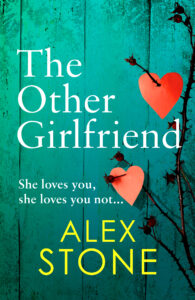 Mum thrust smelling salts under my nose. I flinched as my eyes smarted. But I inhaled deeply. I took the little brown glass bottle from her and clung to it, wafting it back and forth below my nose as the darkness gradually faded into grey.
Mum thrust smelling salts under my nose. I flinched as my eyes smarted. But I inhaled deeply. I took the little brown glass bottle from her and clung to it, wafting it back and forth below my nose as the darkness gradually faded into grey.
‘Just don’t think about it,’ Mum said as she hooked her arm through mine and pulled me forward, escorting me outside, while my body trembled and each breath rasped in my chest.
It had become her favourite phrase. I wasn’t even sure what it was I wasn’t supposed to think about.
I don’t think she knew either.


